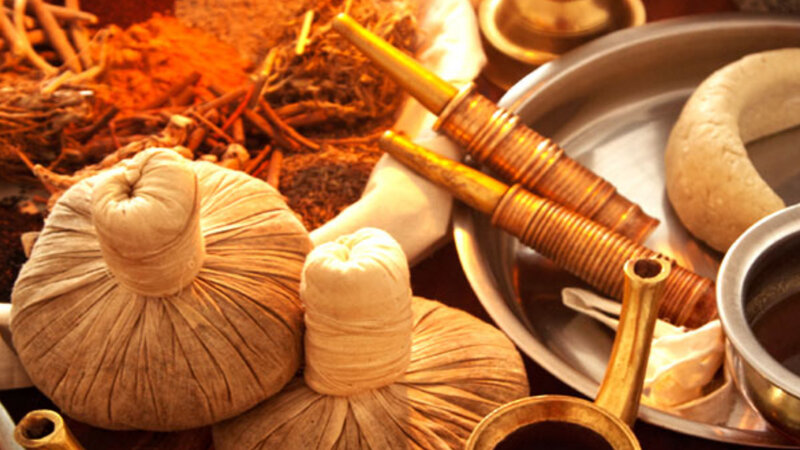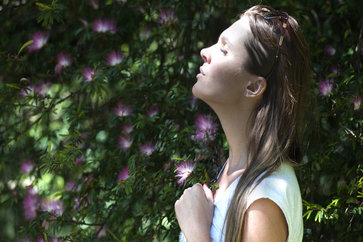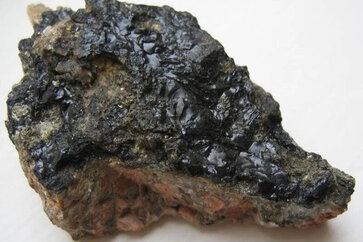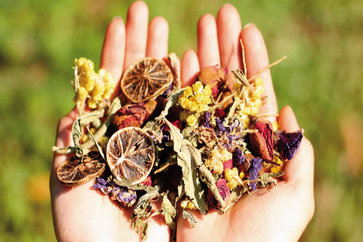What Is Panchakarma Treatment In Kerala?
What is Panchakarma treatment in Kerala? Kerala is the birthplace of the ancient science of living called Ayurveda, so, Kerela is famous for ayurvedic treatment.
The purpose of Panchakarma is to eliminate ‘ama’ (toxins), that is, to purify, detoxify and cleanse ourselves, not only physical toxins that hide in our body but also to clean our mind and our emotions.
According to Ayurveda, the main benefit is energy and mental, helping to regulate our emotional state as well.
What is shamana therapy?
The palliation process (Shamana), is the treatment to eliminate the most serious toxins. Palliation consists of neutralizing toxins by igniting Agni and stimulating digestion through fasting.
Toxins can also be neutralized through the internal use of hot and spicy herbs like ginger and black pepper. Hunger and thirst, exercise, sunbathing, and fresh air are other means of neutralizing toxins.
What are the five actions of Panchakarma?
People new to ayurvedic massage generally have questions, What is included in panchakarma? it is a body purification treatment of Ayurveda. It consists of five (‘Pancha’) cleansing actions (‘karma’). The five basic processes are vomiting, purgatives or laxatives, medicinal enemas, nasal administration of medicines, and purification of the blood, whose names in Sanskrit are:
- Nasya (oil-based nasal cleansing or medicated herbal powders)
- Vamana (controlled vomiting)
- Virechana (digestive system purge)
- Basti (enema or colon irrigation)
- Bleeding
The truth is, some cleanings sound a lot worse than they actually are. We are going to explain each one of them. It is important to remember that these techniques must be practiced by prescription and under the supervision of a specialist:
1. Nasya panchakarma
The nasal administration of medications is called Nasya. The excess doshas accumulated in the throat, nose, sinuses, or head, are eliminated through the nearest hole. The nose is the door to the brain and consciousness. The energy of life or prana enters the body through nasal breathing.
Prana maintains sensory and runs the functions of the body. And the administration of Nasal medications helps to correct prana disorders that affect sensory, brain, etc.
Nasal administration is indicated for dry noses, sinus congestion, hoarseness, migraine, seizures, and certain eye and ear problems. In general, nasal medicine should not be given after bathing, eating, having sex, or drinking alcohol; it should also not be applied during pregnancy or menstruation.
Breathing can also be improved through nasal massage: the little finger is smeared with ghee and inserted into the nose. The walls of the nose should be slowly massaged. This treatment will help to release the emotions accumulated in this place.
Toxins that are absorbed into the bloodstream through the digestive system circulate through the body. They can manifest themselves by creating diseases, under the skin or in the joints. In these cases, the elimination of toxins and the purification of the blood is necessary.
2. Vamana panchakarma
When there is congestion in the lungs it causes various ailments such as bronchitis, asthma, cold, cough, etc. The Ayurvedic treatment called Vaman (vomiting) is used, in this therapeutic process to eliminate excess Kapha that causes mucus is treated.
Therapeutic vomiting is also indicated for skin diseases, chronic asthma, diabetes, chronic catarrh, lymphatic obstruction, chronic indigestion, edema (Swelling), epilepsy (Vomiting must be done between attacks), chronic sinus problems, seizures frequent angina.
First, take three or four glasses of licorice or calamus root tea milk. The back of the tongue is then rubbed to induce vomiting, which will also release some emotions. Another alternative is that in the morning, before brushing your teeth, drink two glasses of water with salt, which will aggravate Kapha.
After that vomiting should be induced to expel the mucus, once it is expelled, the patient will feel immediate relief. The congestion, suffocation, and shortness of breath will go away, and the sinuses will clear.
3. Virechana panchakarma
As a result of excessive secretion and accumulation of bile in the gallbladder, liver, and intestines, skin inflammations, allergic skin eruptions, such as acne or dermatitis, chronic fever, ascites, bile vomiting, or jaundice occur.
Ayurvedic treatment for these conditions is the administration of purgatives or laxatives (Virechan). Various herbs can be used for this purpose. For example, the infusion of senna leaves is a mild laxative, but it can also cause a lot of pain in people of Vata constitution, as it aggravates the peristaltic movements of the large intestine.
An effective laxative for Vata and pitta constitutions is a glass of warm milk, to which two teaspoons of ghee are added. This laxative is taken before bedtime. It will help alleviate disorders caused by excess pitta, like too much bile in the body. In fact, purgatives can completely cure excess pitta.
Before using purgative therapy it is important to check the diet. The patient who does not eat food may be aggravated by an imbalance in the diet.
Laxatives should not be given to people with low Agni, it can cause fever, diarrhea, constipation, or bleeding from the rectum or lung cavities. It should not be administered when there is an external tumor in the stomach, after an enema, or in cases of wasting, weakness, or rectal prolapse.
4. Basti panchakarma
Ayurvedic treatment with enemas (Basti) includes the anal introduction of medicinal substances such as sesame oil, calamus root oil, or decoctions of herbs.
Medicinal edemas are a complete treatment to cure Vata disorders. They relieve constipation, bloating, chronic fever, common colds, sexual disorders, kidney stones, vomiting, back and neck pain, and hyperacidity.
Many problems caused by Vata such as sciatica, arthritis, rheumatism, and gout are also treated with enemas. Vata is a very active principle in pathogenesis, and there are at least eighty diseases related to it, it is a complete treatment for a large percentage of these diseases.
Medicinal enemas should not be administered if the patient suffers from diarrhea, or if he is bleeding from the rectum. Oil enemas should not be given to people with chronic indigestion, cough, suffocation, diarrhea, diabetes, or severe anemia; neither to the elderly or to children under seven years of age.
5. Bloodletting (or blood-letting)
Bleeding is the most indicated for frequent attacks of skin diseases, for cases of hepatomegaly, splenomegaly, and gout. Pitta manifests itself in the wastes of the blood; therefore, in many pitta disorders, such as rashes and acne, toxins circulate in it.
To alleviate many diseases of this type, a small amount of blood is drawn from the veins, which also helps to relieve the tension created by these toxins. Sangria also stimulates the production of anti-toxic substances in the blood, which helps strengthen the immune mechanism.
In this way, the toxins are neutralized allowing the radical cure of diseases related to blood and bones. Bleeding is contraindicated in cases of anemia, edema, and weakness. This treatment is not recommended for children and the elderly.
Excess sugar, salt and yogurt, and certain sour foods are toxic to the blood. In certain blood diseases, the consumption of these substances should be avoided to maintain pure blood. The infusion of burdock root (Artium lappa) is the best blood purifier.
Other herbs that help purify the blood are saffron, sandalwood powder, turmeric, and calamus root (Acorus calamus). Red pomegranate juice, orange juice, and asparagus root also help in these types of diseases. These substances can be taken after bleeding.


























